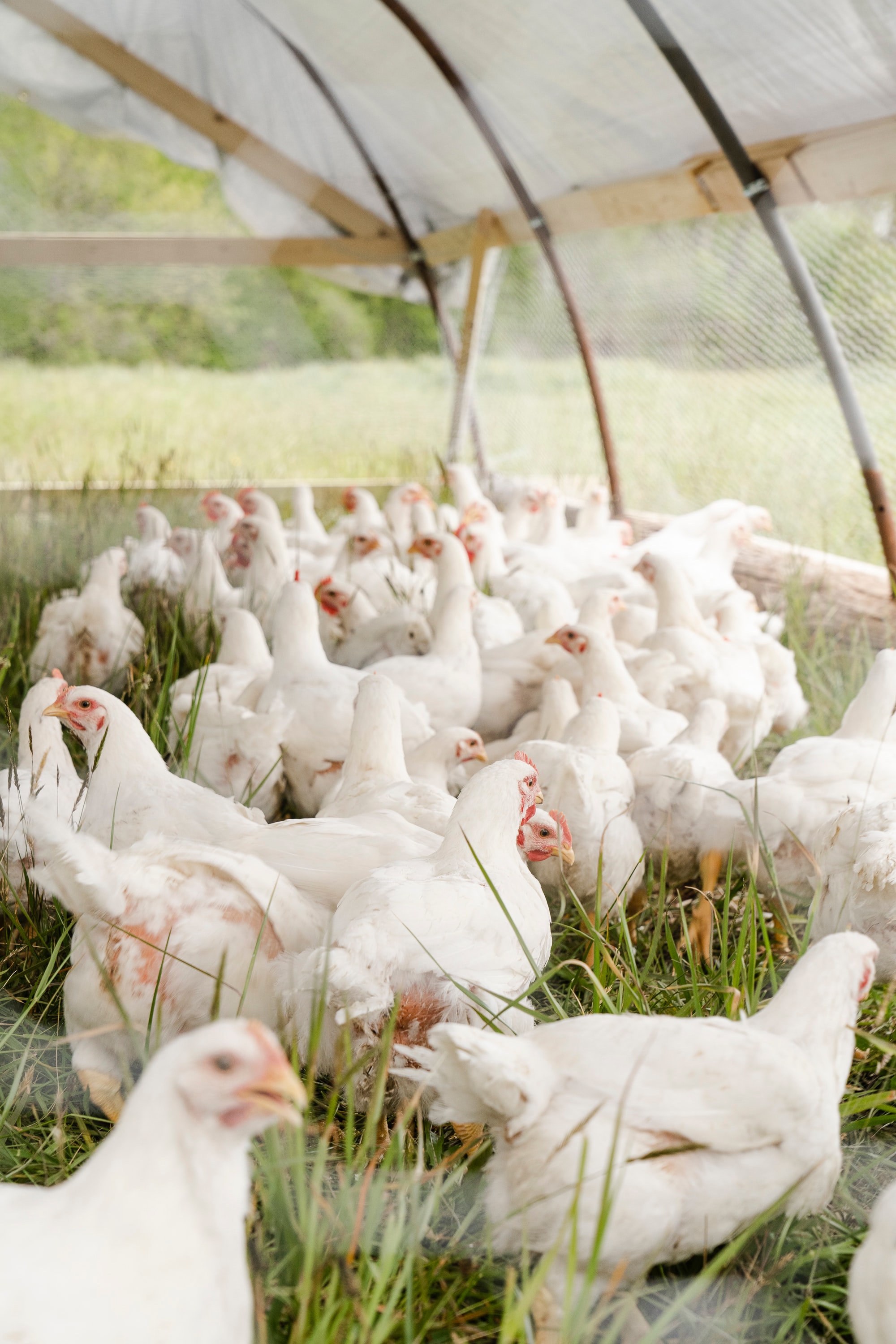INTERNATIONAL
Highly Pathogenic Avian Influenza Found in Canada: Global Cases Continue to Rise
Highly pathogenic avian influenza (HPAI) had a global intensification during 2021 with cases continuing to be found in new locations around the world. While no cases of HPAI have been reported in the United States since 2015, it was found in St. Johns, Newfoundland and Labrador, Canada in December of 2021. This is the first detection of HPAI in the Americas since 2015. The virus was found in an exhibition farm, and 360 birds were killed by the virus; the remaining 59 birds were culled to prevent spread of the disease. Because the farm was an exhibition farm and no other cases in the vicinity have been found, Canada is able to maintain its status as “free from avian influenza."
The seasonality of HPAI has long been known, with annual upticks usually occurring in October with a global peak in February. In November 2021, the World Organization for Animal Health (OIE) had already reported nearly 16,000 cases in domestic and wild birds, indicating increased virus circulation this season. Meanwhile, England has been dealing with what TheScientist reports as their “largest ever” outbreak of HPAI. The outbreak has already resulted in hundreds of thousands of birds being culled.
HPAI is reportable in both the United States and globally to the OIE. Mortality is often high in flocks, with mortality around 50% according to the OIE. While the disease is rare in humans, with the WHO reporting only 863 cases in humans globally since 2003, 53% of these cases were fatal.
NATIONAL
Brucellosis found in Livestock on Montana Ranch
On January 5th the Montana Department of Livestock reported that an animal on a Madison County ranch within the state's Designated Surveillance Area (DSA) tested positive for brucellosis. The result was confirmed by the National Veterinary Services Laboratories, in Ames, Iowa, after being identified as a ‘suspect’ during a whole herd test conducted in December 2021. The ranch is currently under quarantine while an epidemiological investigation begins. The positive animal tested negative during last year's herd test.
While the species of the positive animal wasn’t identified, the DSA program requires cattle and domestic bison in the region to participate in the testing program. The DSA region located in the southwest part of the state extends into Idaho and Wyoming as well. The DSA surrounds Yellowstone National Park, where both wild bison and elk are a reservoir for brucellosis. The DSA is based on the known range of wildlife infections, established by testing captured wild elk. This method of disease surveillance and control by area is known as “zoning."
By implementing the DSA zone, as required by USDA, Montana is able to maintain its brucellosis class free status. Costs associated with annual testing were estimated at $973,000 for fiscal year 2021. According to the Montana Department of Livestock, the lack of the DSA and testing would result in the loss of class free status for the entire state. With no DSA all exports from the state, not only those from the DSA, would require testing. This would likely result in millions of dollars of additional costs and lost sales for Montana livestock producers.
LOCAL
United States See Increase in Bat-mediated Human Rabies Cases
The CDC’s Morbidity and Mortality Weekly Report (MMWR) recently reported on the increase in bat-related human rabies fatalities in the United States in the fall of 2021. When combining the 3 cases reported in MMWR with earlier mortalities in 2021, the total number of cases rose to 5, after seeing zero cases in both 2019 and 2020. The 5 cases were from Illinois, Idaho, Minnesota, New York, and Texas. Four of the victims had known contact with bats, while the fifth had been bitten by a dog in the Philippines before returning to New York.
The MMWR report indicated that all 3 cases from the fall of 2021 had known contact with a bat. One of these victims was an 80 year-old man from Illinois who refused post exposure prophylaxis (PEP) due to his fear of vaccines. In this case the bat had been confirmed positive for rabies. Two of the cases didn’t receive PEP because they did not understand the risk related to their bat exposures. The fourth bat related case from Minnesota received PEP, however, due to his weak immune system PEP was ineffective.
An estimated 60,000 people are treated with PEP each year in the United States. According to statistics from 1960-2018, approximately 70% of rabies cases in the United States were bat-mediated. Rabies is nearly 100% fatal once clinical signs of the disease have developed. However, rabies is preventable with PEP given in a timely manner in accordance with the Advisory Committee on Immunization Practices guidelines. The lack of awareness regarding the preventive measures against bat-mediated rabies indicate the need for improved public education.
USGS Wildlife Health Bulletin
CBC News Coverage
OIE Avian Influenza News: November
TheScientist: Avian Flu Soars in Europe
OIE Avian Influenza
Montana Department of Livestock Press Release
DSA FAQ
USDA Brucellosis
MMWR Rabies Report
CDC Press Release
Newsweek Rabies Article
|

